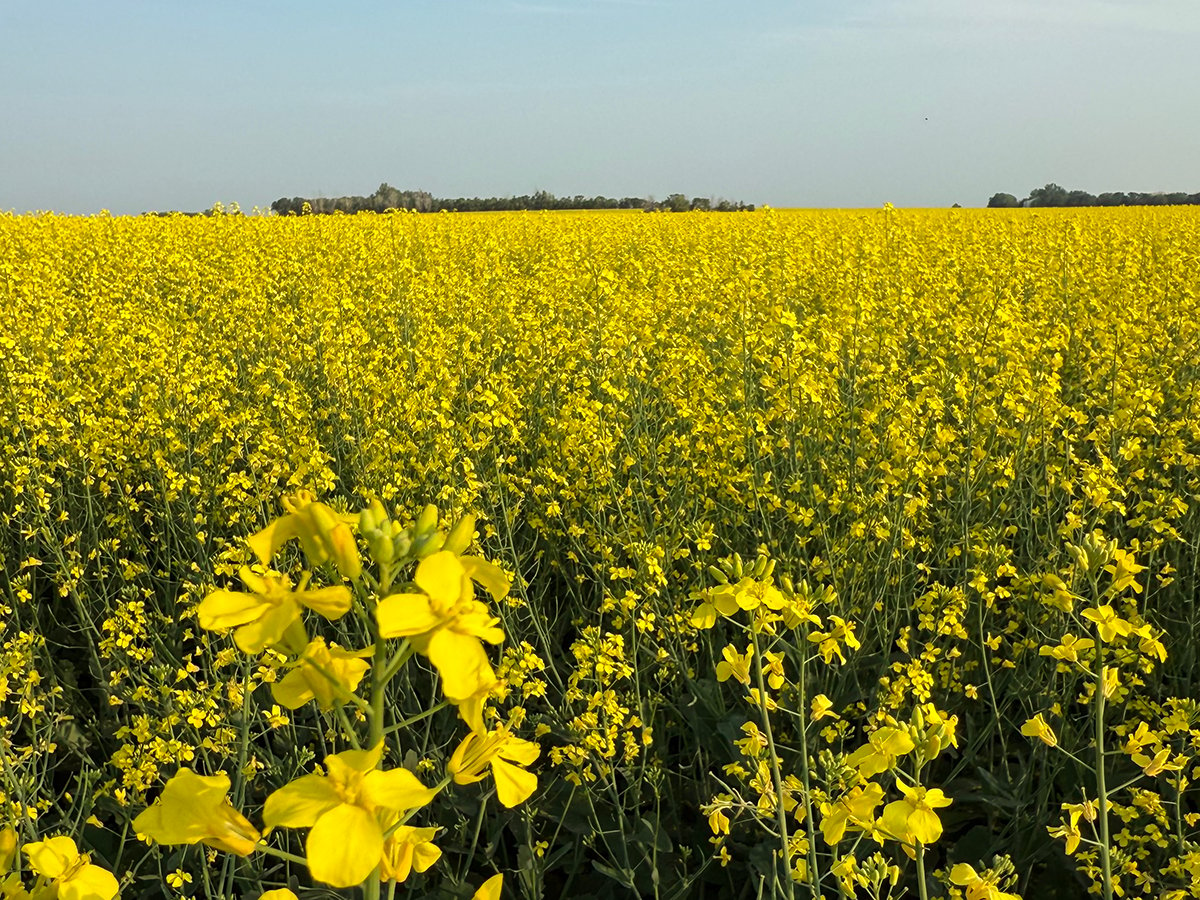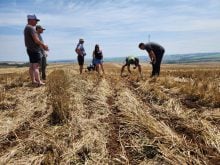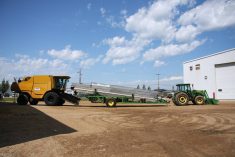As far as Terry Fonstad is concerned, his team has already won Lord Stanley’s coveted trophy.His Stanley Cup equivalent is the pinnacle of competition in university agricultural engineering: The American Society of Agricultural and Biological Engineers one-quarter-scale tractor, student design competition, held annually in Peoria, Illinois.His franchise is the University of Saskatchewan Sled Dog scale tractor team.Despite not having yet competed, Fonstad considers the U of S team to already be champions.“If they get to the point from September, when you get the rules, to middle of May and they have an actual operating unit, they have built a prototype machine from scratch and it works, and it looks good, and it’s well-designed, and it drives on the trailer, and pulls like it’s supposed to – they’ve already won.”Fonstad is one of two U of S School of Engineering faculty advisers for the Sled Dogs. He compares himself to a hockey team’s general manager, who oversees the selection of players.He compares colleague Scott Noble to the team’s head coach because he handles the technical aspects of building the prototype.Fourth year student Zach Martin returns as team captain and Tyrone Keep is assistant captain.“Those people get the rest of the team motivated,” said Fonstad.More than 20 engineering schools throughout North America are expected to compete with their prototype tractors June 3-6 to see which best matches the standards laid out by the competition committee. The main event is the tractor pull, in which each team’s one-quarter scale tractor tries to pull a progressive sled the farthest.Tractors are judged on maneouvreability, manufacturability, performance, serviceability and key design aspects.“It’s like any other team. In order to win, they’ve got to be good at everything: design, maneouvreability, quiet tractor, design report, marketing presentation and performance,” Fonstad said.“I think we are one of the teams to reckon with. We’re one of the top 10 teams every year and it’s because of the package.”Fonstad said the exercise of putting the project together provides a learning experience that can’t be taught in a classroom.“You can tell them and tell them, but it doesn’t set in until they actually do it.”In addition to building the prototype, students raise the $20,000 to $30,000 needed to build it. It takes about 4,000 person hours to build, plus another 1,000 hours donated by industry for things such as machining, bodywork, and painting.The contest judges are from industry and like to see progressive improvements made from the previous year’s model.“It’s expensive in industry to bring out a totally new model every year. If you can take and improve last year’s model and market that, that they can deal with,” he said.Martin feels good about this year’s model.“We’re ahead of schedule and it has run. That’s pretty reassuring. And we’re underweight. It weighed in at 816 pounds and our max is 850,” he said.Simplicity was the key word surrounding this year’s prototype.Martin said most of the changes are minor: mechanical steering instead of power steering, CVT clutches better suited for pulling, reduced manufacturing costs and simplified design for easier servicing.Keep, who was mainly responsible for overall design, said the tractor’s hood is simpler, as is the frame.“Nothing revolutionary; lots of little things,” he said.“I guess I can say that about the whole tractor, is that it is very modular. You can assemble the transaxle, the wheels, the CVT box and put it on a crane and put it into the frame and you can put the engines and the belt guard and the belts and put them onto the frame, slide the CVT box in and join it together – it’s like 10 bolts. So you can definitely take one component off and work on it at the bench if you needed to.“We tried to make it more serviceable. And that’s for manufacture and marketing ability. You can have your three lines come together and there can be a final bolt together and drive out the door,” he said.
Read Also

Canola support gets mixed response
A series of canola industry support measures announced by the federal government are being met with mixed reviews.















